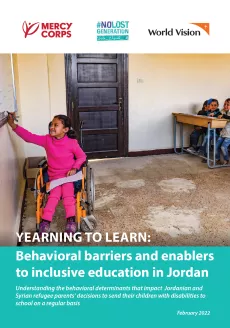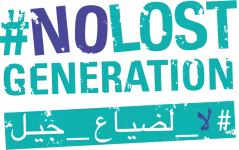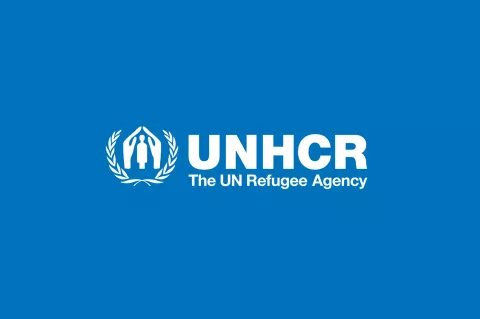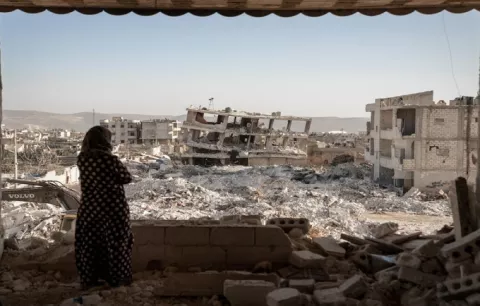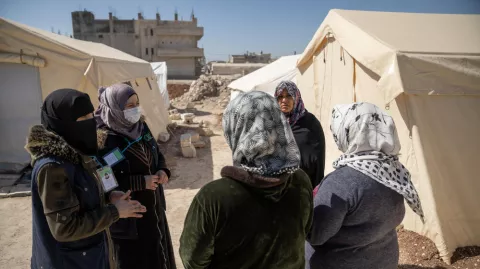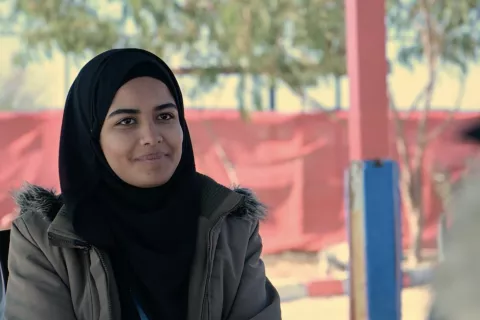Yearning to learn: behavioral barriers and enablers to inclusive education in Jordan
World Vision, Mercy Corps and No Lost Generation
Highlights
Over the last seven years since the adoption of the Global Goals, governments like Jordan have used this blueprint for progress, to build a better and more sustainable future for all. Jordan continues to invest in inclusive education for children with disabilities under the Ministry of Education (MOE)’s 10-year strategy for inclusive education. Jordan is ranked 5th in the Middle East and North Africa (MENA) region when it comes to achieving all of the Sustainable Development Goals’ targets. Yet, in recent years, parents, caregivers and children themselves have faced, alongside the hardships of displacement from neighboring Syria, the impact of COVID-19 and its secondary effects.
This left the most vulnerable children and their families struggling to make ends meet, while all children with disabilities – those from the host community and refugees – continue to be further left behind with respect to their access to learning. While education actors in Jordan are going to great lengths to ensure these children are provided with equal learning opportunities, it remains critical to understand the behavioral determinants among Jordanian and Syrian refugee parents of children with disabilities. These behavioral determinants may be barriers or enablers when it comes to key decisions, such as sending their children to school on a daily basis.
In order to continue advancing inclusive education, World Vision and Mercy Corps with the support of the No Lost Generation (NLG) initiative, conducted a behavioral barrier analysis among more than 250 Jordanian and Syrian parents of children with
disabilities in the host community and camp settings. Focus group discussions were also held with more than a dozen teachers and disability experts to better understand the challenges faced with inclusion in classrooms, as well as remote learning during the COVID-19 pandemic. Major differences outlined across six thematic areas were discovered in behavioral determinants between parents whose children with disabilities attended school on a regular basis and those whose children did not attend regularly.
